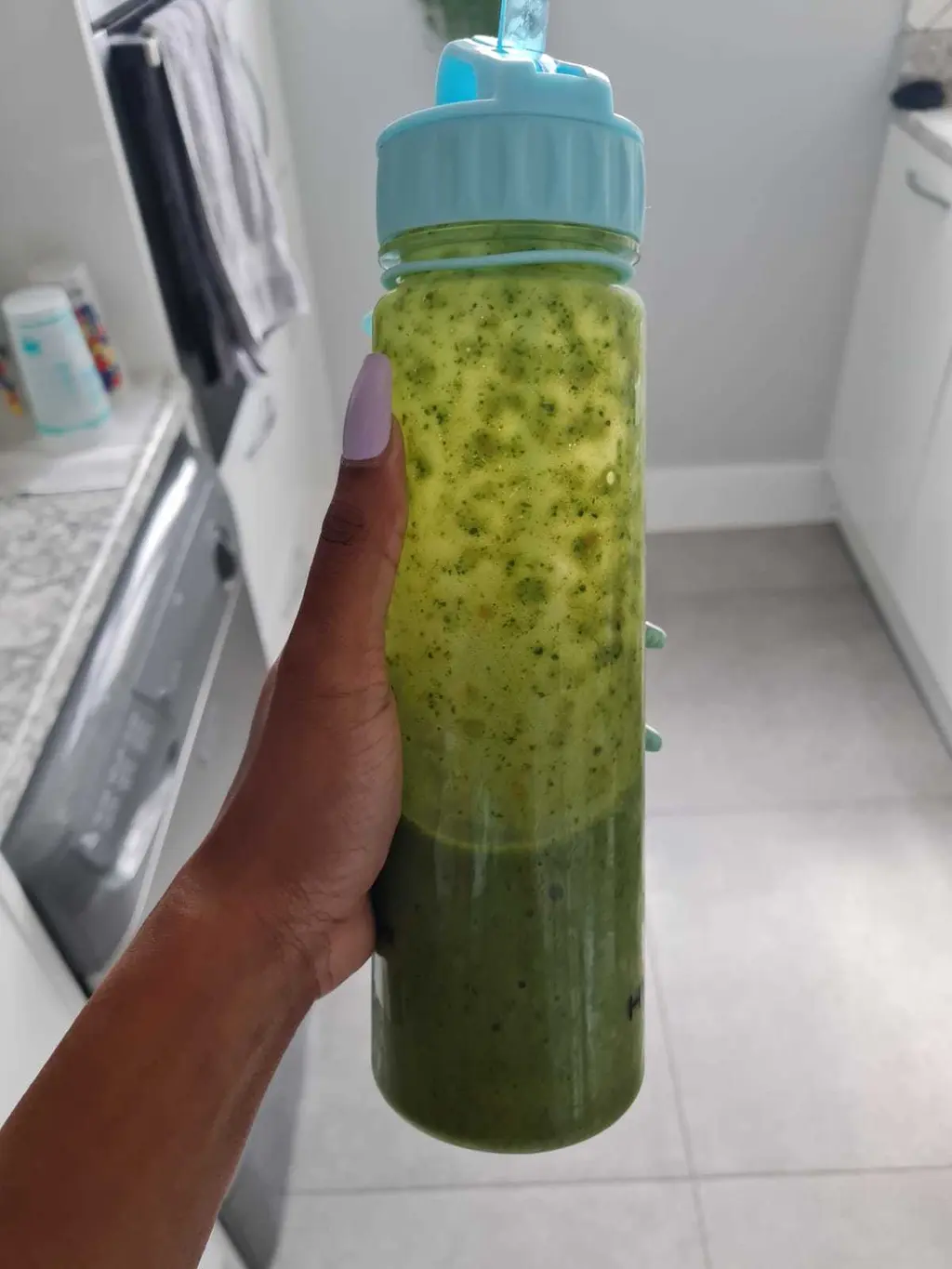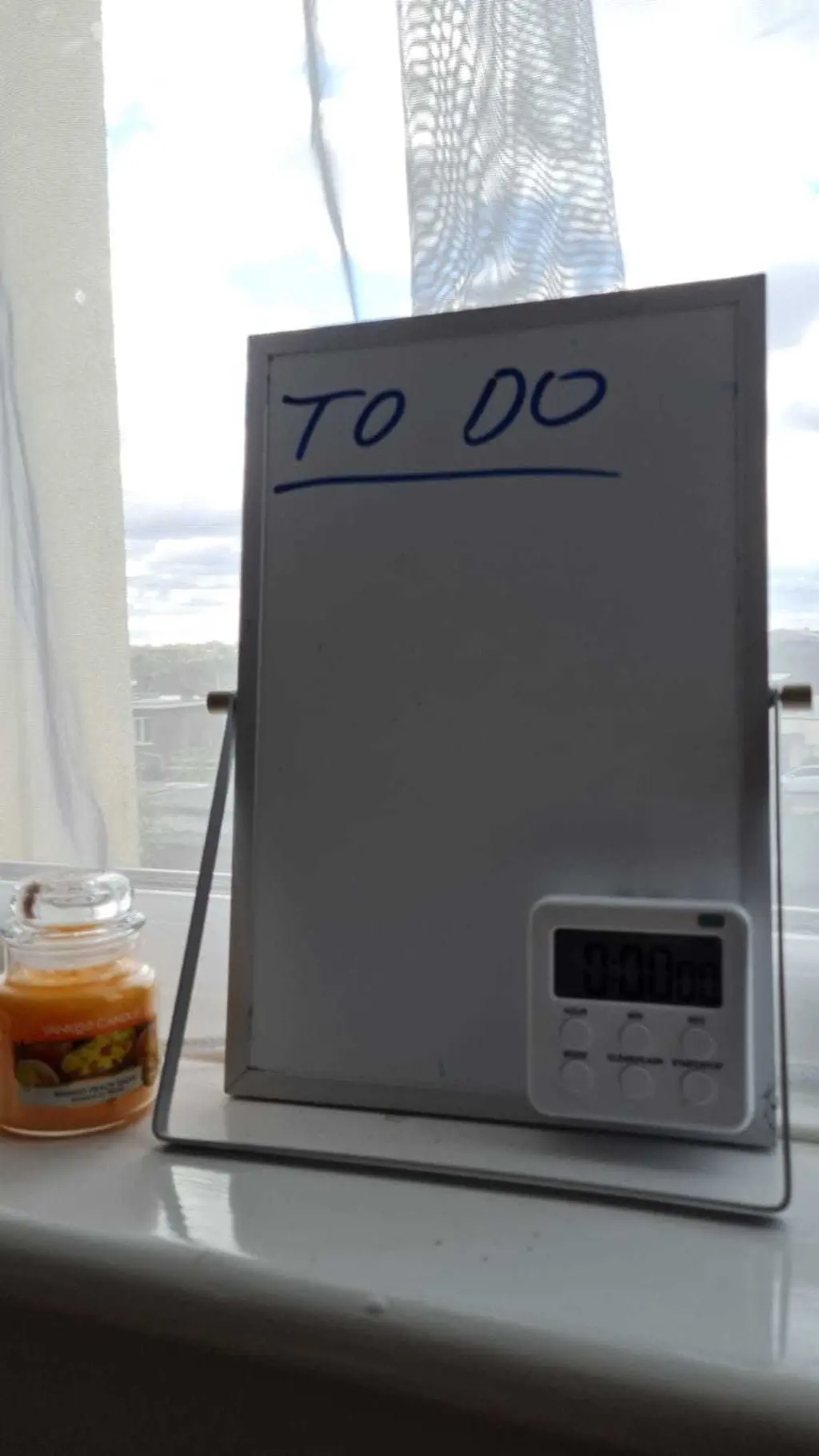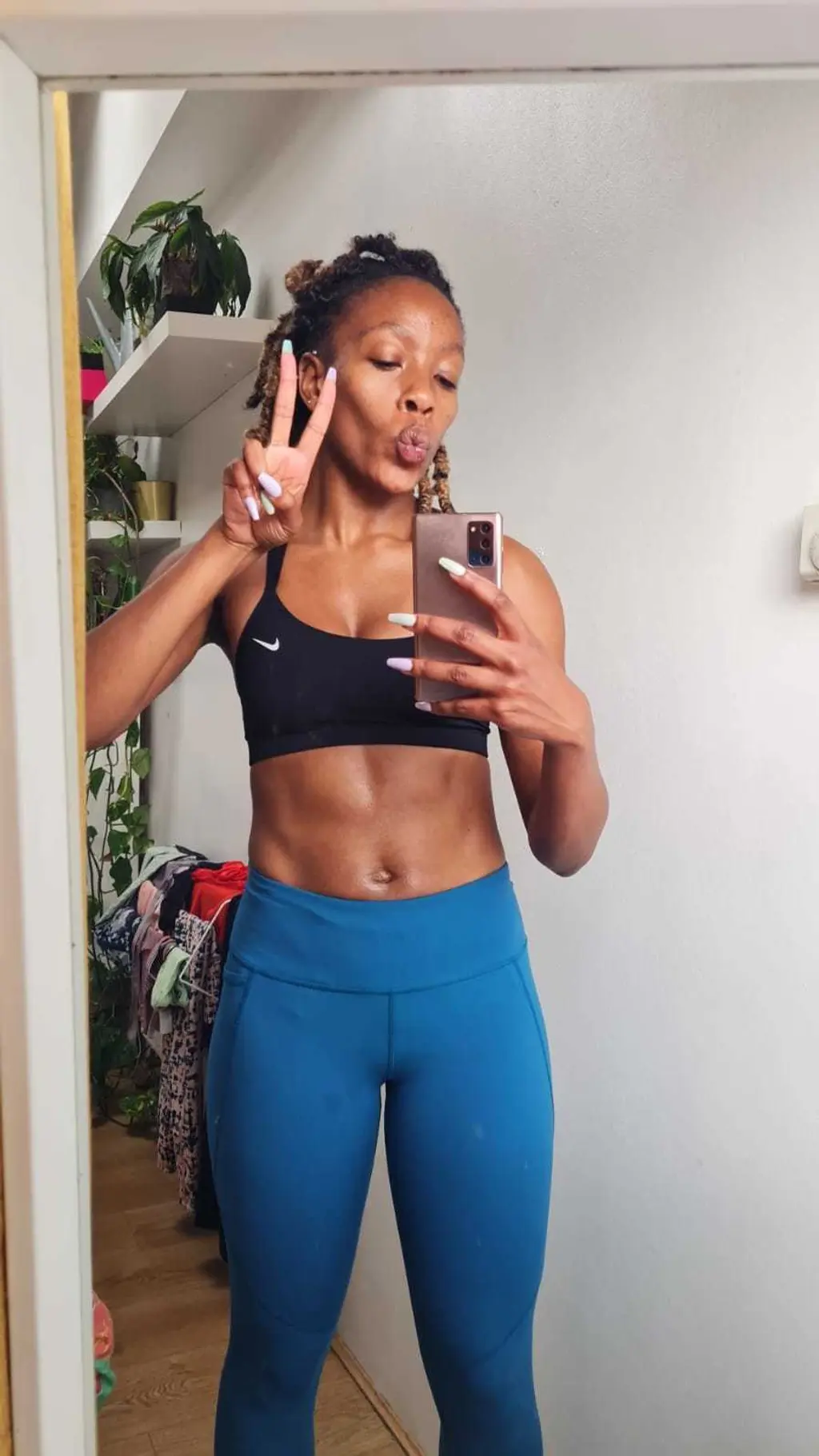Life as a 25-year-old writer and content creator with ADHD

Mental Health Diaries: For Mental Health Awareness Week, Chanté Joseph shows us how she stays productive while living with attention deficit hyperactivity disorder.
Life
Words: Chanté Joseph
Each year, one in four people will struggle with their mental health in some way. But you don’t need statistics to realise the true extent of the problem. You perhaps only need to speak to friends and family, or even look inwardly, to notice that our collective mental health is in freefall. As we figure out how to heal from the tragedies of the pandemic, awareness has never been more important.
It’s not all doom and gloom, though. Running parallel to the rise in mental health issues is a growing desire to open up about the things we usually bottle up. Slowly but surely, stigmas are being smashed, taboos are being lifted, and more people are finding the courage to speak out.
THE FACE’s new series, Mental Health Diaries, is only part of the conversation. By laying the realities of living with various issues bare, we hope to not only encourage understanding and empathy towards those with stigmatised conditions, but also inspire people to reach out to others and seek support. Most importantly, we want everyone to know that they’re not alone.
Chanté Joseph is a 25-year-old writer and content creator from London. Last year, she was diagnosed with ADHD.
7:00 AM: My Google Home goes off. I yell at her to be quiet and get an extra 15 minutes of sleep, before dragging myself out of bed to start my morning workout. During lockdown, I started doing Instagram Live workouts. It felt like I was working out in a group. The rigid daily schedule and live presence of an instructor meant I wouldn’t pause halfway through to get distracted with another task.
8:00 AM: When I’ve finished working out, I put on a SoundCloud mix that’s exactly 30 minutes long to make sure I don’t laze around instead of getting things done. With ADHD, it helps to gamify routine tasks or chores, because competition – even with yourself – is a great motivator. I enjoy my morning routine, because it’s the part of the day when I check my phone the least. Once I’ve showered, completed my skin care routine, moisturised, and picked what pair of leggings I want to wear, I then take my stuff up to my office (read: spare bedroom with a desk in it) and make breakfast.
9:00 AM: Breakfast is honestly the best part of the day for me. I have something simple, but extremely filling, as sometimes my ADHD medication gets me so engrossed in the work I’m doing that I hardly come up for air, let alone food. On a good day, I make oat pancakes with eggs on the side and a very green smoothie, followed by coffee. I’d usually take my Elvanse 30mg tablet around this time, but I’ve switched to a non-stimulant medication, which means that there’s no time pressure to take it. However, I have to take it with food. After breakfast, I head up to the office to start work – I use the word “start” lightly, as I always encounter distractions that slow things down.


9:45 AM: When I get to my desk, I check my to-do list and write down the tasks I want to get done today on a whiteboard with a magnetic timer. When focus is nowhere to be found, I use the timer to help me structure my day. I set it for 25 minute bursts of work with five minutes breaks. It’s the only way I can continue with my to-do list. I also keep fidget toys at my desk to help me with longer tasks. I try to time my day the best I can, but I also give myself a lot of leeway and space to get distracted.
12:30: This new medication is kicking my ass. It is a non-stimulant medication, so it works by boosting the levels of the natural chemical called noradrenaline. Noradrenaline helps pass messages along brain cells. Put succinctly, it’s the thing that gets you to do stuff. It isn’t a stimulant, so there are no nasty crashes or worries about addiction. Transitioning between these meds means I’m finding I have to either walk or workout before returning to work after breaks. Sometimes I do both.
13:00: Once I’m back, I have lunch. This is often extremely quick and not taxing. I occasionally use the food delivery service Chefly to order super healthy pre-made meals that I can throw straight in the oven, or I use HelloFresh and order the speediest meals possible. Lunchtime has too many opportunities for procrastination, so I limit it by reducing my choices.


14:30: I just about drag myself back to my desk and attempt to get back into the groove of things. Work, particularly after lunch, is hard! I desperately need to move about and, on this new medication, my concentration is at rock bottom. Even on a good day, my attention span is not great. With ADHD you can hyperfocus, which is when you spend hours engrossed in a task, ignoring the world around you, or you can struggle to focus for even five minutes.
18:00: I try to pry myself away from my desk, so that I can start my evening routine and not go to bed too late. I make dinner or microwave what I have leftover from the day before, and truly take my time watching TV and catching up on the WhatsApp groups I’ve ignored all day.
20:00: Tidying always helps me to reset and move on to the next phase of the day. I do a sweep of my room and the office, and pop on a podcast. I then wind down for the evening by taking a long, hot shower, doing a face mask with my skincare routine and lighting a few candles. Next, I’ll try not to scroll on TikTok until 4AM!
Q&A
What’s the number one misconception about ADHD?
ADHD is commonly thought of as hyperactivity in children, but that’s not the only case. There are three types of ADHD: predominantly inattentive presentation, predominantly hyperactive-impulsive presentation and combined. Hyperactivity is usually how it’s presented in men, which is why so many women are misdiagnosed.
What’s the most helpful coping mechanism you use?
Body doubling is when someone sits with you, be it on Zoom or on in real life, and is just present while you work. They can work too or listen to music. Either way, there’s something about someone being present that makes it so much easier to focus.
What would your message to fellow sufferers be?
I don’t think suffering is the right word. You don’t suffer from ADHD. You have it and find ways to work that best suit your brain. People with ADHD should lean into online communities and support groups to find healthy ways to manage some of the symptoms. Dealing with ADHD doesn’t always mean using medication; there’s coaching, therapy and even online spaces with tools and resources for you to find ways to be more productive and emotionally regulated.
If you or someone you know is looking for support with ADHD, you can find a list of national and local support groups at ukadhd.com





